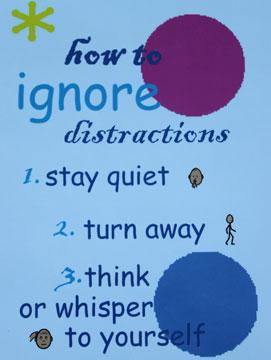What it is
An area of student need, based on his/her demonstrated behaviour.
Teaching Strategies

Instructional
• Direct instruction/social skills lessons on methods to appropriately deal with anger (could be full class, small group or individual lessons).
• Use roleplay to practice appropriate responses to anger, including a cool down period and labeling of feelings.
• Vocalize/model/self-talk your own steps for dealing with potential anger.
• Use literature and current events to discuss positive choices pertaining to anger management of others.
• Use modeling, and vocalize your pro-social choices.
• Use social stories.
• Provide a time-out/cooling down location.
• Establish a small, attainable goal for the student.
• Involve the in-school team, school board and community agencies.
• Consider the development of alternative programming goals on an Individual Education Plan (IEP) for proactive ways for the student to deal with anger.
• Positively reinforce/reward appropriate behaviour, even small steps.
• Use specific comments to reinforce the positive choices/actions of the student.
• Implement a behaviour management plan involving student and parents/guardians.
• Share strategies with other staff who interact/teach the student, especially those on supervision duty.
• Develop home-school communication and tracking.
• Consider referral to the school board social work and/or psychology staff.
Less...
More...

Environmental
• Use preferential seating, close to the teacher or peers who will model appropriately, and away from sources of conflict, when possible.
• Provide a cool-down/time-out location, and establish parameters for when the student can access this location.
• Speak privately to the student when possible.
• Provide anger reduction tools (doodle pad, stress ball, iPod).
• Post clear and descriptive classroom rules that focus on what students are expected to do to behave appropriately in class.

Assessment
• Give advance notice of tests and assignments (e.g. one week/month notice on a written calendar).
• Provide a range of assessment options to permit student choice.
• Allow the option of open book tests.
• Minimize distractions/consider an alternative testing location.
• Chunk tests and assignments into small tasks when necessary.
• Reduce the quantity of test/assignment items.
• Provide additional time.
• Allow periodic supervised breaks.
Resources
|
|
What anger is, why it needs to be managed, and how it should be managed. From The Hospital for Sick Children (SickKids). |
|
Links to a variety of anger management strategies and resources. |
By division, also addressing bullying and conflict resolution. |
|
This secondary panel lesson plan on anger management focuses on “I” Messages. |
|
For Purchase
|
Teaches “cool” way to handle anger at all division levels with video enactments |







